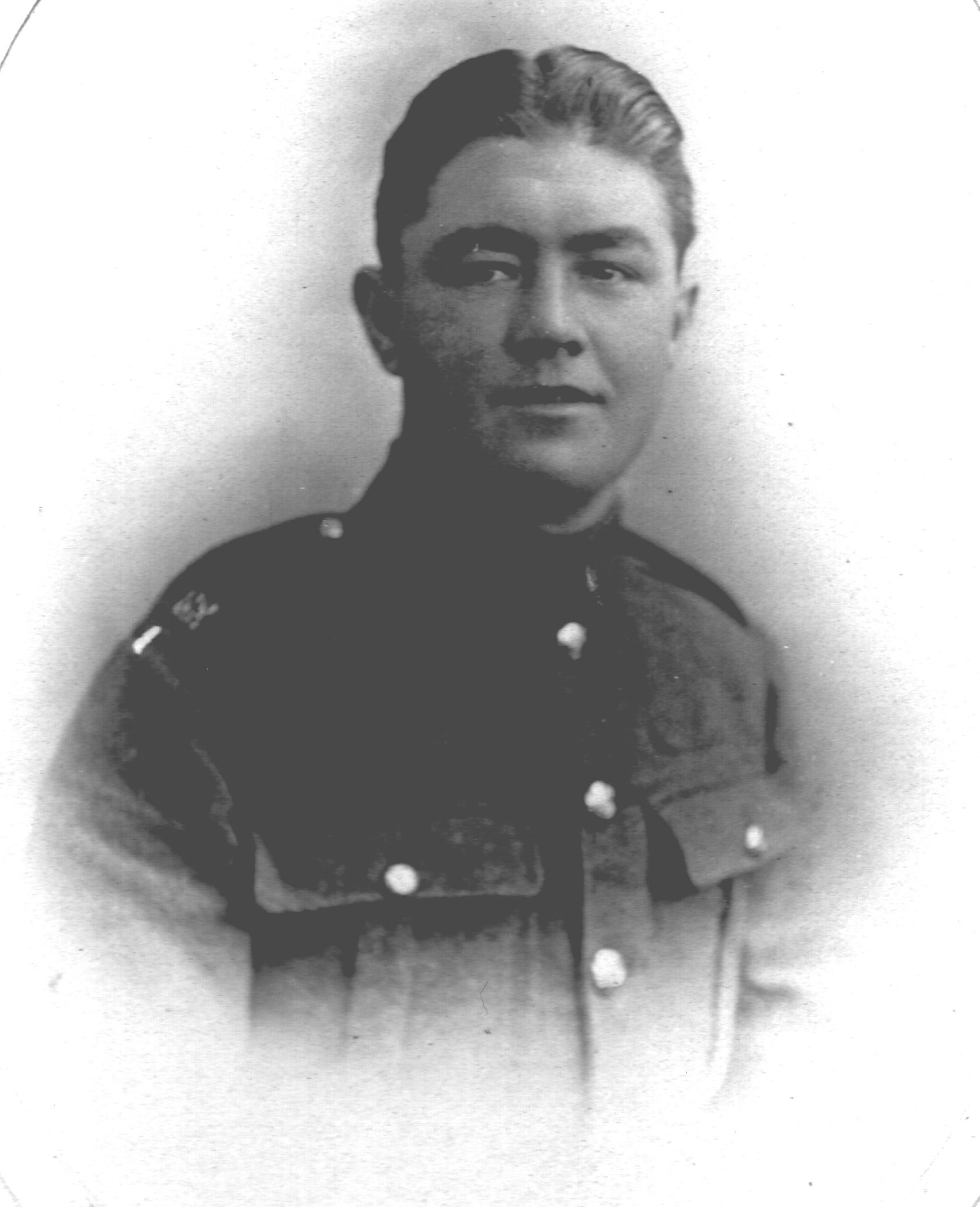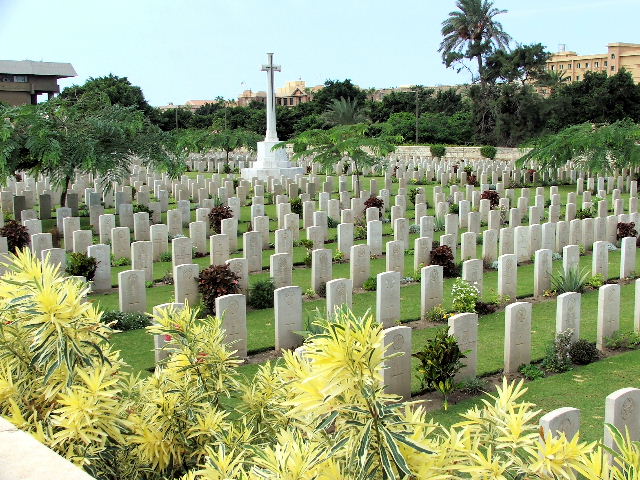Name
Frederick Hunneysett
14 April 1891
Conflict
First World War
Date of Death / Age
31/12/1917
26
Rank, Service Number & Service Details
Sapper
282716
Royal Engineers
98th Light Railway Train Crew Coy.
Awards: Service Medals/Honour Awards
British War and Victory medals
Cemetery/Memorial: Name/Reference/Country
ALEXANDRIA (HADRA) WAR MEMORIAL CEMETERY
F. 94.
Egypt
Headstone Inscription
SADLY MISSED BY ALL AT HOME R.I.P.
UK & Other Memorials
Hellingly War Memorial, Hellingly Cemetery, Sussex,
Roll of Honour, St Peter & St Paul Church, Hellingly, Sussex
Pre War
Frederick Hunneysett (known as Pat) was born on 14 April 1891 in Hellingly, Sussex, the son of Cornelius and Sarah Jane Hunneysett, and baptised at Hellingly Church on 31 May 1891. He was one of eight children.
On the 1901 Census, the family were living at the White House, Horsebridge, Hellingly, Sussex, where his father was working as a Coal Porter.
Railway records for the London, Brighton and South Coast Railway show that he was employed as a Porter from 31 December 1906, on the recommendation of Mr Guy, and earned earned 12 shillings a week at Partridge Green, Horsham, West Sussex.
By the 1911 Census he had moved out of the family home and was a boarder at the home of Alfred and Amelia Bond and five of their children, at 30 Ashfield Road, Midhurst, Sussex and he was working as a Railway Porter. (N.B. Alfred Bond was also a Railway Porter). He had moved to Midhurst on 17 March 1910 on a wage of 16 shillings a week. rising to £1 2s on 1 June 1912. He then left to work at Norwood Junction, Surrey and received a pay rise on 3 August 1912 to £1 3s working as a Passenger Guard. There then followed pay rises on 1 June 1913 to £1 4s and on 1 June 1914 to £1 5s.
Wartime Service
Frederick enlisted in September 1914 in Croydon, Surrey, as he was working at Norwood junction in Surrey at the time. According to a local Sussex newspaper, he initially joined the Royal Sussex Regiment as a stretcher bearer (Reg. No. 3405) and went to France three months after. He was wounded and later gassed, after which he was transferred to the 1st Battalion, Queen's Royal West Surrey Regiment (Reg. No. 24392). He suffered an injury to his ankle, sustained through falling into a shell-hole and was repatriated back to England where he remained for nine months. At his own request he joined the Royal Engineers (Reg. No. 282716) and served with the 98th Light Railway Train Crew Company.
In February 1916 he received a parchment signed by the major-general commanding his division in recognition of distinguished conduct in the field, and was promoted to the rank of lance-corporal. Forces Records show that he was listed as "Wounded" on the Casualty List issued by the War Office from 27 February 1916.
He was being transferred from Marseille to Alexandria, Egypt on the troopship Aragon when it was torpedoed by UC 34 on 30 December 1917, just outside the harbour at Alexandria, with the loss of 610 lives. His body was recovered the following day and is buried in the Alexandria (Hadra) War Memorial Cemetery, Egypt. He was 26 years old.
Additional Information
His father received a war gratuity of £15 and pay owing of £5 7s 10d. His mother received a pension, although the amount is not stated.
His brother Bertie served as a Gunner with the RFA in India, brother Frank served with the Royal Sussex Regiment in Italy, brother Alfred was on munitions work in Sheffield, brother Alexander was in the Royal Marines Artillery and sister Alice was working in an aeroplane factory. They all survived the war.
N.B. The medal index cards do not corroborate the fact that he served in France from 1915 as they only show him receiving the Victory and British war medals. There is also some confusion as to the date of death and the ship that he was on. Family records indicate that he was on the Aragon when it was torpedoed on 30 December and that his body was recovered on 31 December for burial. CWGC gives his date of death as 31 December. If that was the case then he could have been on the Osmanieh which hit a mine in the harbour the following day in the same place. On CWGC he is described as Sapper, however, he is also described as Lance Corporal when he was with the Queen's Regiment in late 1916.
Acknowledgments
Brenda Palmer



